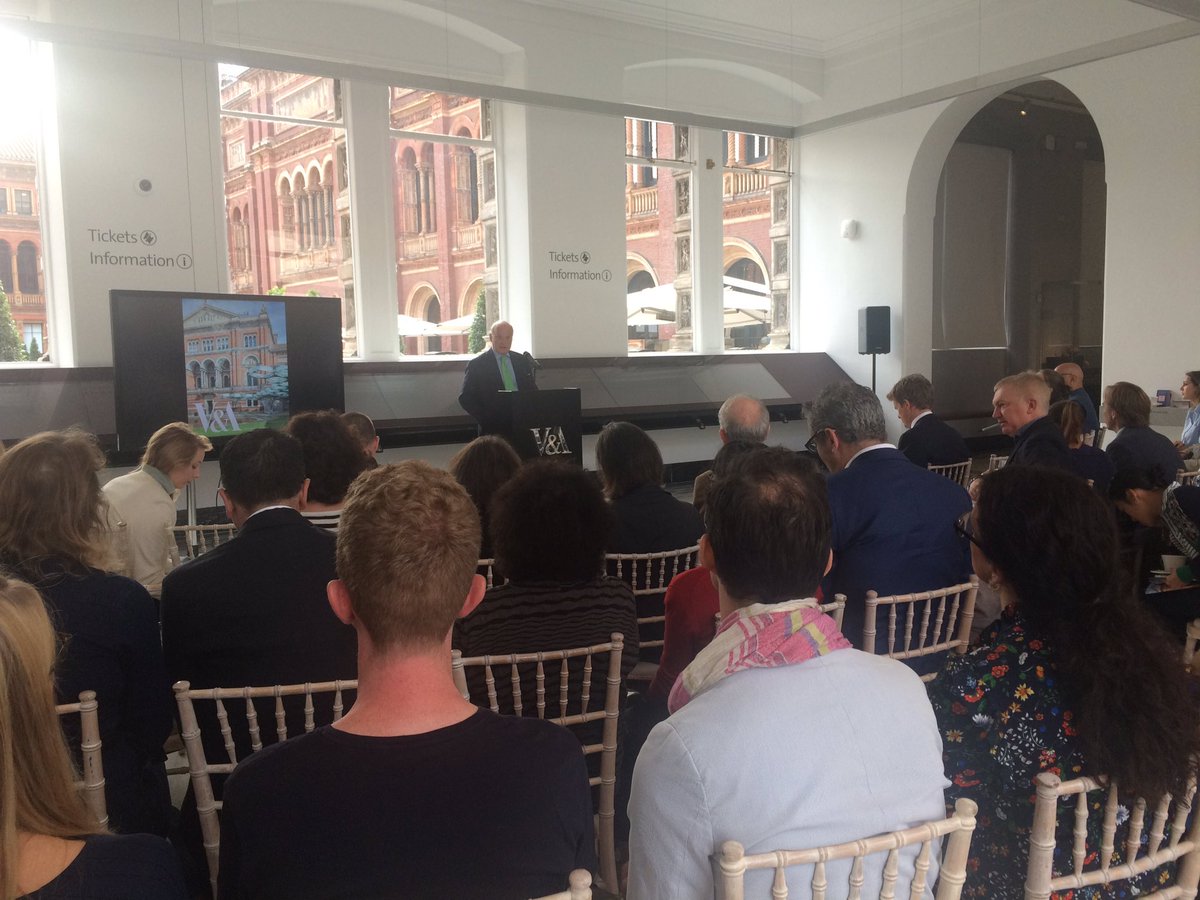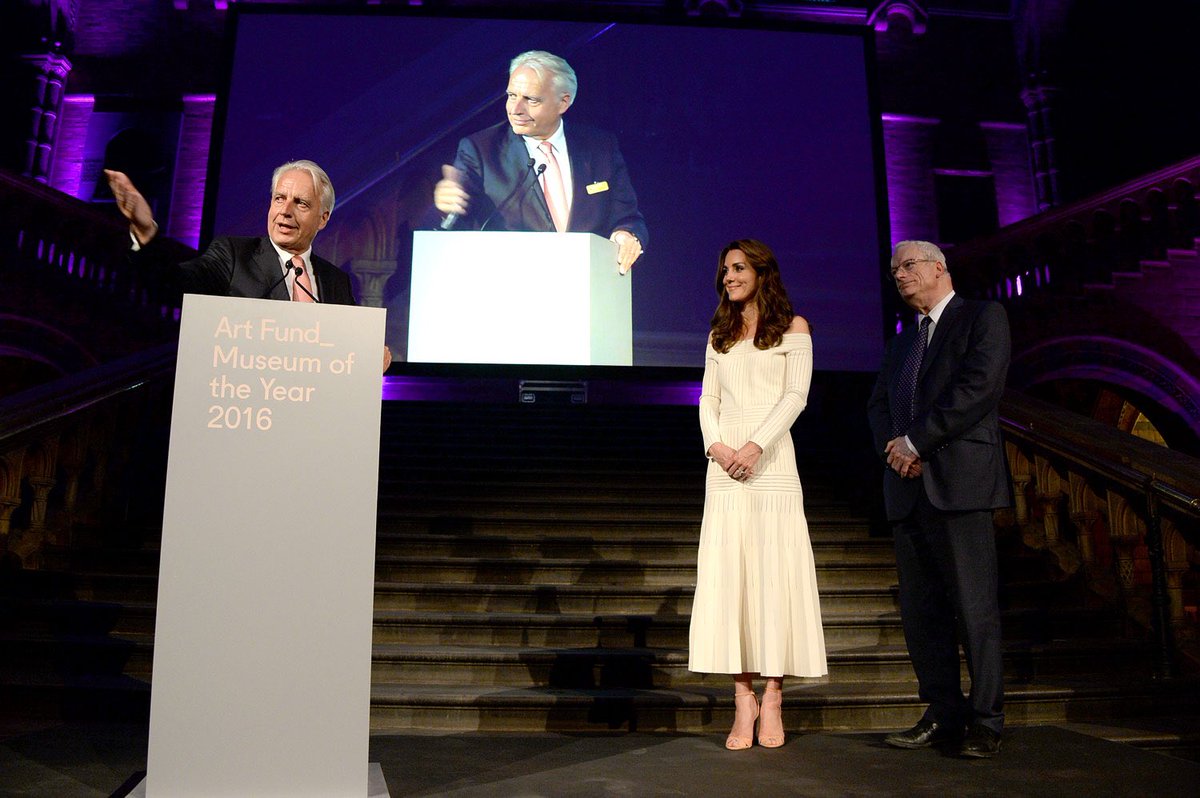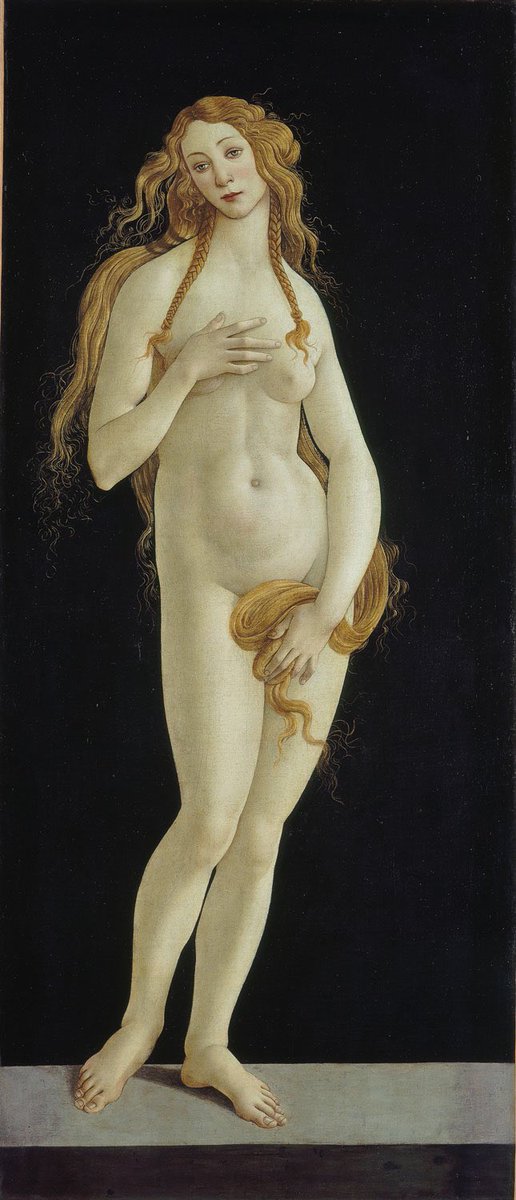In this week’s #TuesdayTour we are presenting our new free photographic display in the Islamic Middle East Gallery:
“Four cities through Creswell’s Lens:
Cairo, Jerusalem, Aleppo and Baghdad”
“Four cities through Creswell’s Lens:
Cairo, Jerusalem, Aleppo and Baghdad”
K.A.C Creswell (1879-1974) was a British scholar who was among the firsts to use photography in recording historic architecture. His photographs and drawings along with his monumental books are an important primary source in Islamic architecture. vam.ac.uk/articles/cresw… 

Let’s start in Jerusalem, with the minbar (pulpit) of the Mosque of al-Aqsa, commissioned in Aleppo in 1268. This remarkable example of woodwork craftsmanship awaited twenty years to be moved to Jerusalem, after the city was captured by Salah al-Din. collections.vam.ac.uk/item/O1315145/… 

In 1969, the minbar was destroyed during an attack. A copy was installed in 2007. Thanks to these prints, the reproduction project succeeded to redraw the minbar’s intricate geometry with its elaborate carving and inlay.
collections.vam.ac.uk/item/O1315148/…
collections.vam.ac.uk/item/O1315148/…

Creswell first came to Egypt in 1916. After the war, he made Cairo his home and gave it the lion share of the collection.
This view is of the Fatimid Mosque of al-Salih Tala’i (b. 1160) taken before the restoration and the removal of the Ottoman minaret.
This view is of the Fatimid Mosque of al-Salih Tala’i (b. 1160) taken before the restoration and the removal of the Ottoman minaret.

In 1919, Creswell was appointed inspector of monuments in Allenby’s military administration in Aleppo, Syria.
He took this view in the Madrasa al-Halawiyya (b.1147). The rare wooden mihrab (prayer niche) was bricked and saved during the recent conflict.
He took this view in the Madrasa al-Halawiyya (b.1147). The rare wooden mihrab (prayer niche) was bricked and saved during the recent conflict.

We end our tour in Baghdad, a city rarely visited today, yet with a very long and rich past. Creswell went to Iraq in 1930 and took this view of the Mausoleum of Sitt Zubayda (b. 1193), with its distinct stalactite dome.
collections.vam.ac.uk/item/O1270015/…
collections.vam.ac.uk/item/O1270015/…

The V&A was the first public institution to collect Creswell’s photographs between 1921 and 1939. These unique records show the region's monuments in a very important time before restoration and destruction.
Research supported by the @Barakat_org
collections.vam.ac.uk/item/O1270017/…
Research supported by the @Barakat_org
collections.vam.ac.uk/item/O1270017/…

• • •
Missing some Tweet in this thread? You can try to
force a refresh










